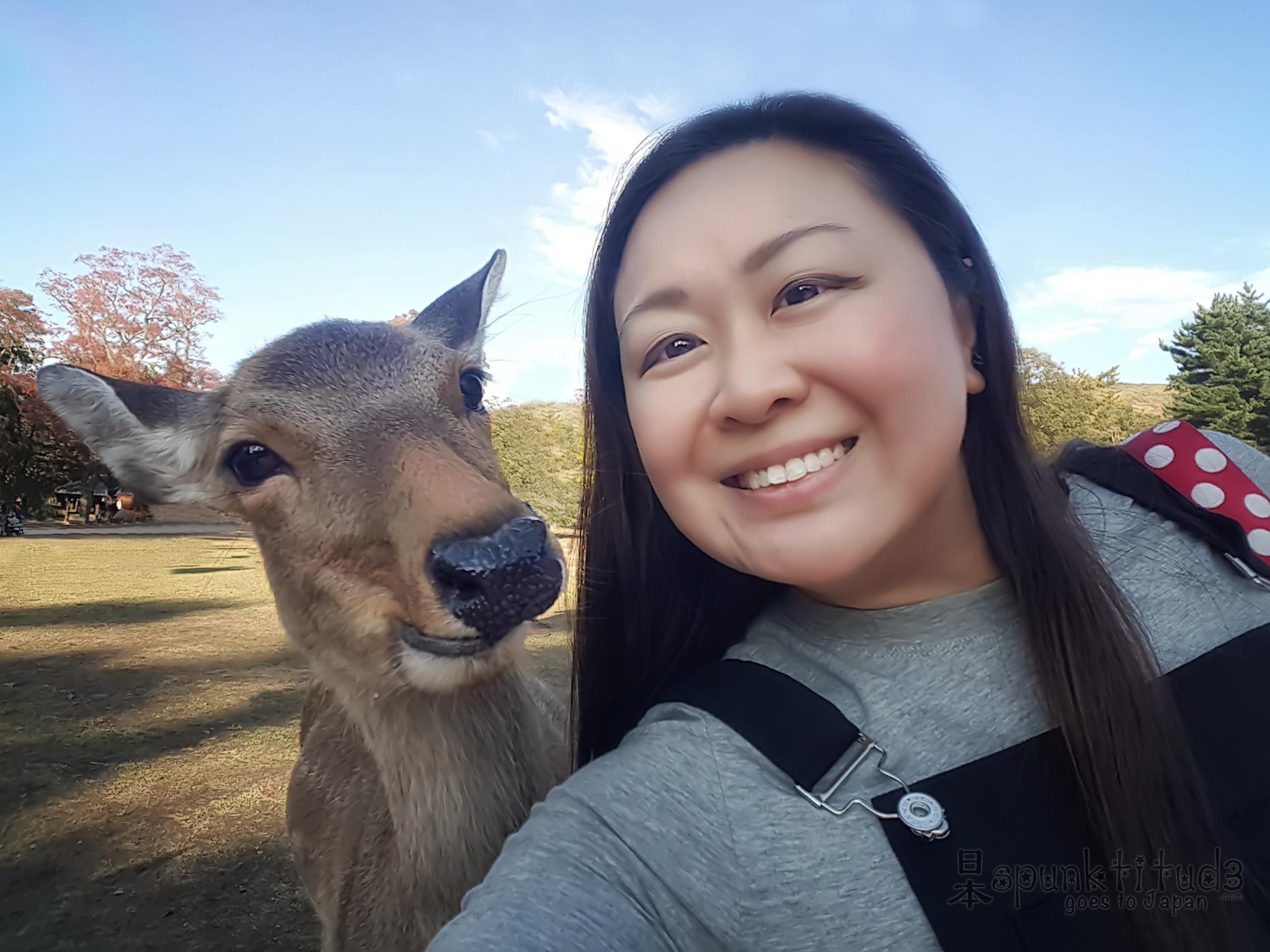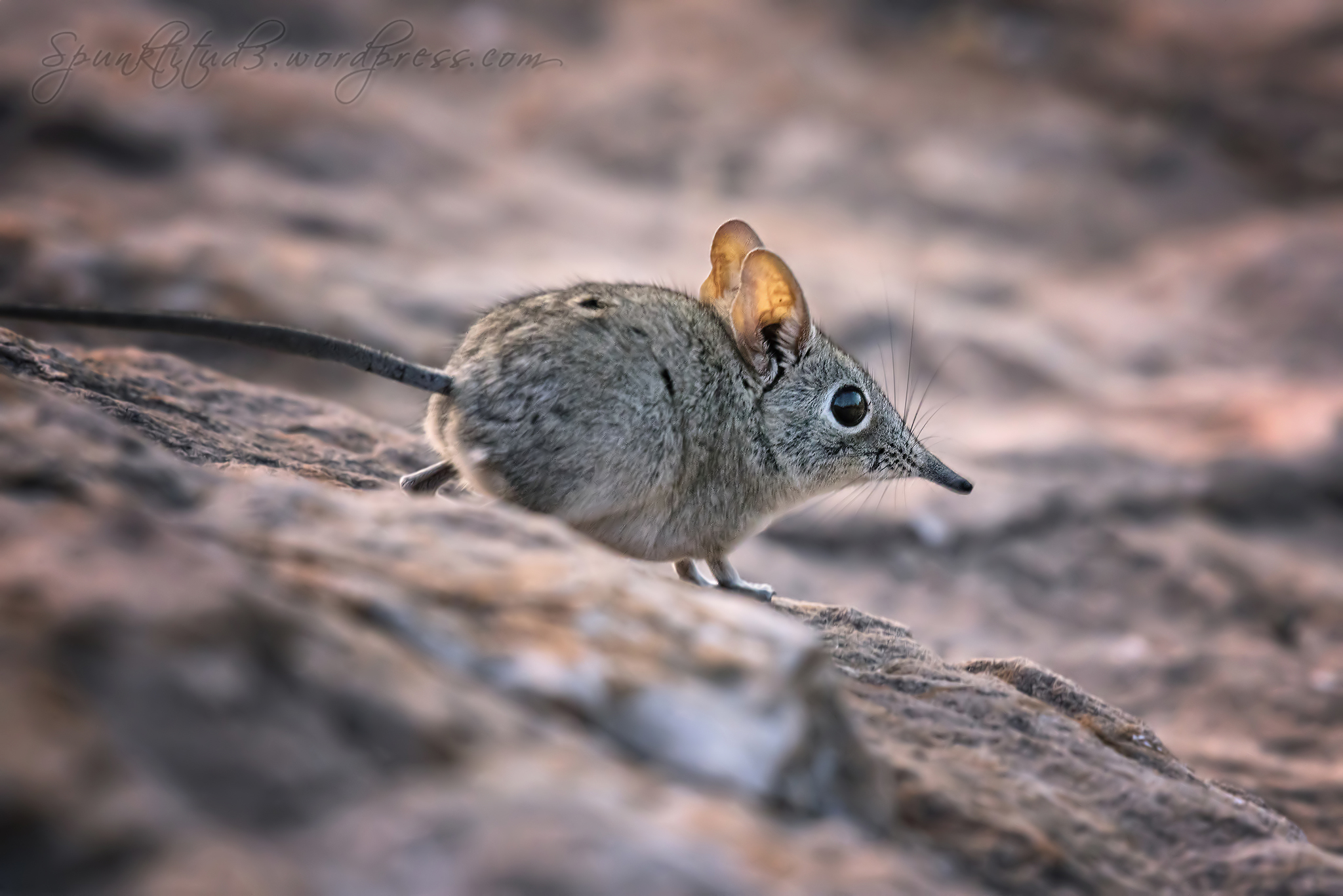 No visit to Nara will be complete without meeting its most famous resident, the free roaming wild deers (シカ ‘shika‘ or 鹿) at Nara Park 奈良公園, which is also the location of many Nara’s attractions including Todaiji, Kasuga Taisha, Kofukuji and Nara National Museum.
No visit to Nara will be complete without meeting its most famous resident, the free roaming wild deers (シカ ‘shika‘ or 鹿) at Nara Park 奈良公園, which is also the location of many Nara’s attractions including Todaiji, Kasuga Taisha, Kofukuji and Nara National Museum.
 Nara Park is just a leisurely five-minute walk from Kintetsu Nara Station or a a 20-minute walk from JR Nara Station. The park can also be reached by bus. If you are ever in doubt, just follow the deers which are literally EVERYWHERE you can think of, like in the shrubs or even inside a drain.
Nara Park is just a leisurely five-minute walk from Kintetsu Nara Station or a a 20-minute walk from JR Nara Station. The park can also be reached by bus. If you are ever in doubt, just follow the deers which are literally EVERYWHERE you can think of, like in the shrubs or even inside a drain.
 Considered to be holy messengers of the gods, Nara’s 1,200 deer have become a symbol of the city and designated as a natural treasure under the Cultural Properties Protection Law. According to local folklore, deers in Nara were considered sacred due to a visit from Takemikazuchi-no-mikoto, one of the four gods of Kasuga Shrine, who appeared on Mt. Mikasa riding a white deer. Killing one of these deers was a capital offense punishable by death up until 1637.
Considered to be holy messengers of the gods, Nara’s 1,200 deer have become a symbol of the city and designated as a natural treasure under the Cultural Properties Protection Law. According to local folklore, deers in Nara were considered sacred due to a visit from Takemikazuchi-no-mikoto, one of the four gods of Kasuga Shrine, who appeared on Mt. Mikasa riding a white deer. Killing one of these deers was a capital offense punishable by death up until 1637.
 So these deers literally do whatever they feel like. Including stopping traffic.
So these deers literally do whatever they feel like. Including stopping traffic.
 Nara’s wild deer are super chill with people, although they can get a little pushy when you start feeding them. They can be quite a handful at times as well…
Nara’s wild deer are super chill with people, although they can get a little pushy when you start feeding them. They can be quite a handful at times as well…
 Like this one who happily trotted into the pond just outside the Nara National Museum for a dip.
Like this one who happily trotted into the pond just outside the Nara National Museum for a dip.
 And came to ask to be fed after its skinny dipping. Shika biscuits, which smelt just like the wafers we eat (I had to resist trying them myself), were sold at kiosks along the park at 150yen for a stack. Our hotel kindly prepared a little bag of biscuits and bottle of water for our little adventure.
And came to ask to be fed after its skinny dipping. Shika biscuits, which smelt just like the wafers we eat (I had to resist trying them myself), were sold at kiosks along the park at 150yen for a stack. Our hotel kindly prepared a little bag of biscuits and bottle of water for our little adventure.
 While the deers are generally tame, just be cautious as they can get aggressive. Afterall, they are wild animals.
While the deers are generally tame, just be cautious as they can get aggressive. Afterall, they are wild animals.
The deers are pretty intelligent, and have learnt to bow to ask for food.
 Once the deers see the biscuits, be prepared to be surrounded and nudged around like a superstar. They butt you with their heads when you don’t feed them quickly enough, and the one behind lightly bit my arse to get my attention.
Once the deers see the biscuits, be prepared to be surrounded and nudged around like a superstar. They butt you with their heads when you don’t feed them quickly enough, and the one behind lightly bit my arse to get my attention.
 See the affection they show just to get their treats.
See the affection they show just to get their treats.
 This clever one went for the shortcut and simply stood in front of the deer biscuit stall :D
This clever one went for the shortcut and simply stood in front of the deer biscuit stall :D
 Greedy little fellas. They are also very practical – they leave you as soon as you run out of biscuits to feed them.
Greedy little fellas. They are also very practical – they leave you as soon as you run out of biscuits to feed them.
 “No biscuits for me? Bleahhhhh.”
“No biscuits for me? Bleahhhhh.”
 Once they are well-fed, they pick a spot and start snoozing. Nothing you do will move them, not even putting a biscuit right under their noses. So come early in the day when they are still hungry.
Once they are well-fed, they pick a spot and start snoozing. Nothing you do will move them, not even putting a biscuit right under their noses. So come early in the day when they are still hungry.
 We caught some hotties in traditional costumes playing ball at the park too. There was a festival nearby as well, and I thoroughly enjoyed hanging out with the locals, both human and animal.
We caught some hotties in traditional costumes playing ball at the park too. There was a festival nearby as well, and I thoroughly enjoyed hanging out with the locals, both human and animal.
 One for the wefie album ;) It was quite an experience getting upclose with the deers after hearing so much about them. It was totally worth the trip, not to mention there’s so much cultural sights to visit in Nara. I will be back to visit my furry friends…with thicker pants.
One for the wefie album ;) It was quite an experience getting upclose with the deers after hearing so much about them. It was totally worth the trip, not to mention there’s so much cultural sights to visit in Nara. I will be back to visit my furry friends…with thicker pants.
Read more about my travels in Japan




